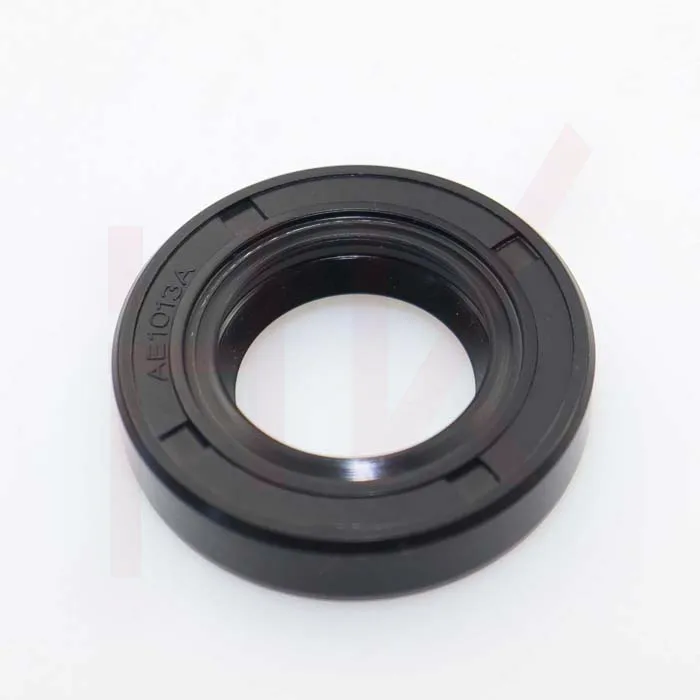Dec . 05, 2024 15:02 Back to list
hydraulic cylinder seal kit replacement
Understanding Hydraulic Cylinder Seal Kit Replacement
Hydraulic systems are ubiquitous in today’s industrial and mechanical applications, providing powerful and efficient motion control. A critical component in these systems is the hydraulic cylinder, which relies on seals to maintain pressure, prevent leaks, and ensure smooth operation. Over time, seals can wear out, leading to a decline in performance and the need for replacement. In this article, we will discuss the importance of hydraulic cylinder seal kit replacement, what it entails, and how to execute it successfully.
Importance of Hydraulic Cylinder Seals
The primary function of hydraulic seals is to create a barrier that prevents fluid from leaking out of the cylinder, while also keeping contaminants from entering. This sealing action is essential for maintaining the pressure that hydraulic systems need to function effectively. When seals fail, the most common symptoms include fluid leakage, reduced efficiency, and erratic operation. Not only can these problems lead to costly fluid loss and potential equipment damage, but they can also pose safety risks for operators.
Regular inspection and timely replacement of hydraulic cylinder seal kits are crucial for maintaining the integrity and performance of hydraulic systems. Depending on the application and working conditions, seals should be examined periodically for signs of wear, such as scratches, cracks, or deformations.
What is a Hydraulic Cylinder Seal Kit?
A hydraulic cylinder seal kit consists of a collection of seals and related components designed to replace the worn seals in a hydraulic cylinder. These kits typically include
1. Wipers Prevent dirt and foreign particles from entering the cylinder. 2. O-rings Create a tight seal at various points and prevent fluid leaks. 3. Backup rings Prevent extrusion of the O-rings under high pressure. 4. Piston seals Maintain pressure within the cylinder by sealing between the piston and the cylinder walls. 5. Rod seals Seal between the rod and the cylinder to prevent leaks during extension and retraction.
When acquiring a seal kit, it is important to ensure that it is compatible with your specific hydraulic cylinder model. Manufacturers often provide specifications and part numbers to facilitate the selection process.
Steps for Hydraulic Cylinder Seal Kit Replacement
Replacing the hydraulic cylinder seal kit might seem daunting, but with the right tools and approach, it is manageable. Here’s a step-by-step guide to help you through the process
1. Safety First Before starting any maintenance procedure, pump down the hydraulic system and depressurize it completely. Wear appropriate personal protective equipment (PPE) such as gloves and goggles.
hydraulic cylinder seal kit replacement

2. Disassembly Carefully remove the hydraulic cylinder from the machine. Depending on the design, this might involve unbolting the cylinder from its mounting brackets.
3. Remove the End Cap Use a suitable tool to remove the end cap of the cylinder. Be cautious as some hydraulic cylinders are under spring tension.
4. Extract the Piston and Rod Carefully pull out the piston and rod assembly from the cylinder barrel. Make sure to note the order and orientation of the components, as you will need to reinstall them correctly.
5. Remove Old Seals Take out the old seals using a seal removal tool or a soft plastic scraper. Be gentle to avoid scratching the cylinder surfaces.
6. Clean the Cylinder Thoroughly clean the cylinder, piston, and rod. Remove any debris or residual grease, as foreign particles can cause premature seal failure.
7. Install New Seals Begin installing the new seals from the kit. Ensure that they are seated correctly and that any O-rings are lubricated to facilitate easy installation.
8. Reassemble the Cylinder Carefully reinsert the piston and rod assembly back into the cylinder barrel, followed by reattaching the end cap.
9. Reinstall the Cylinder Once reassembled, mount the cylinder back onto the machine and ensure that all bolts are tightened to the manufacturer’s specifications.
10. Test the System Finally, re-pressurize the hydraulic system and test the operation of the hydraulic cylinder to ensure everything functions correctly and that no leaks are present.
Conclusion
The replacement of hydraulic cylinder seal kits is a vital maintenance task that can extend the life of your equipment and enhance operational efficiency. By understanding the importance of seals, familiarizing yourself with the components of a seal kit, and following the proper replacement procedures, you can ensure that your hydraulic systems operate smoothly and safely for years to come. Regular maintenance and timely replacement will not only prevent downtimes but also contribute to overall productivity and safety in your operations.
-
TCN Oil Seal Metal Ring Reinforcement for Heavy Machinery
NewsJul.25,2025
-
Rotary Lip Seal Spring-Loaded Design for High-Speed Applications
NewsJul.25,2025
-
Hydraulic Cylinder Seals Polyurethane Material for High-Impact Jobs
NewsJul.25,2025
-
High Pressure Oil Seal Polyurethane Coating Wear Resistance
NewsJul.25,2025
-
Dust Proof Seal Double Lip Design for Construction Equipment
NewsJul.25,2025
-
Hub Seal Polyurethane Wear Resistance in Agricultural Vehicles
NewsJul.25,2025
-
The Trans-formative Journey of Wheel Hub Oil Seals
NewsJun.06,2025
Products categories
















